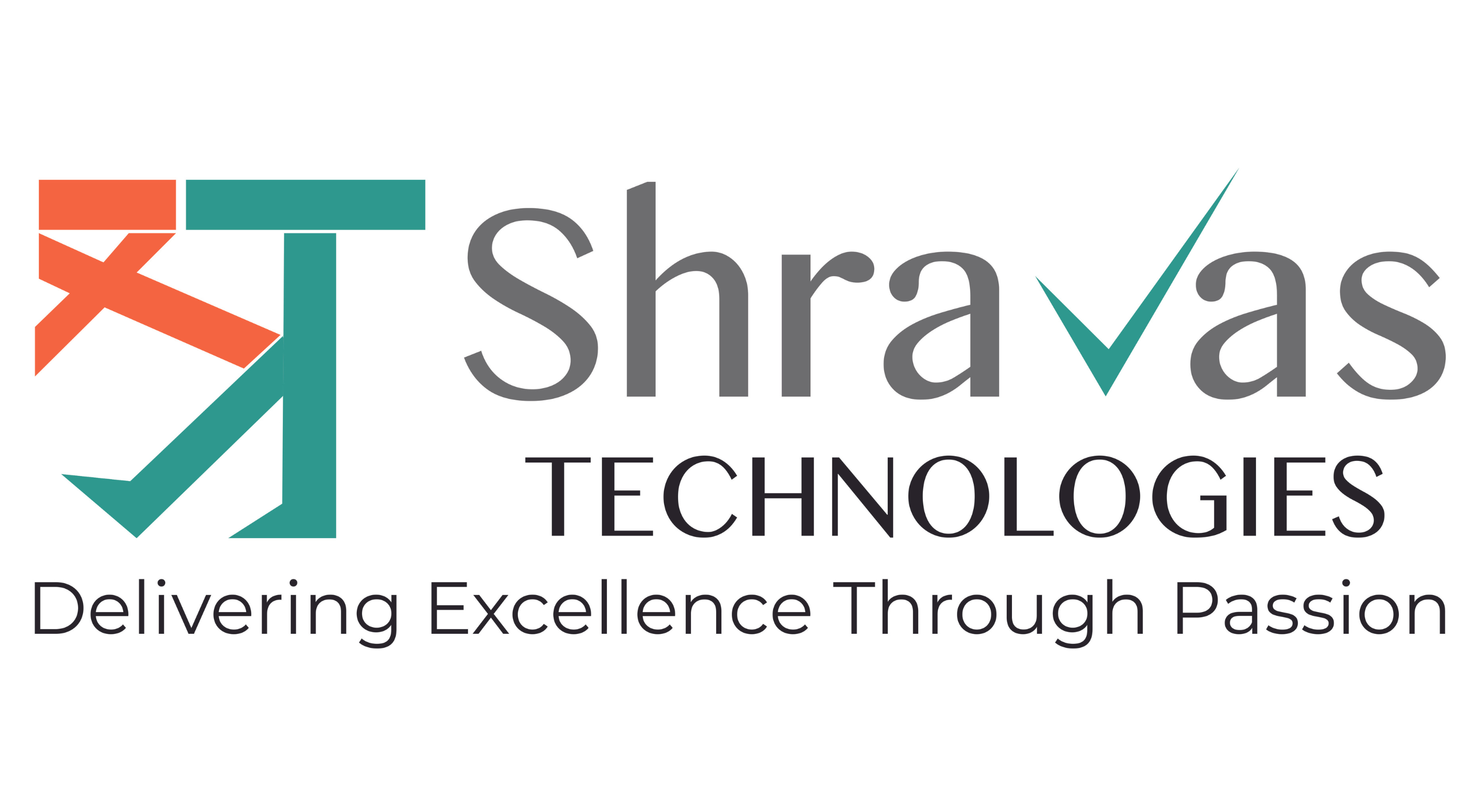Performance bottlenecks don’t wait until release day. They creep in during development, build after build, until one day the system slows to a crawl—or collapses. That’s why Bengaluru’s leading QA and DevOps teams are integrating continuous load testing into their CI/CD pipelines. The result: faster delivery without sacrificing non-functional quality.
What is Continuous Load Testing?
Continuous load testing is the automated execution of performance tests throughout the software delivery lifecycle. Instead of running isolated tests before release, teams run them at every stage—code commits, build integrations, staging deployments—inside the DevOps pipeline. This shift-left approach surfaces performance issues early, when they’re easier and cheaper to fix.
In Bengaluru’s competitive software landscape, where time-to-market and user experience are critical, this isn’t a nice-to-have—it’s essential.
Why Integrate Load Testing into CI/CD?
1. Catch performance regressions early
Minor code changes can cause major slowdowns. When load tests run automatically with every code merge, teams spot performance drifts before they snowball.
2. Ensure scalability in real-world conditions
It’s not enough for software to work—it must scale under pressure. Continuous load testing simulates production-like traffic, verifying that applications can handle expected (and unexpected) loads.
3. Support rapid release cycles
CI/CD pipelines move fast. Manual performance testing can’t keep up. Embedding load tests in the pipeline ensures that speed doesn’t come at the cost of stability.
4. Improve collaboration between QA, Dev, and Ops
Load testing is no longer just QA’s job. DevOps culture demands shared ownership. Integrated performance feedback loops foster cross-functional accountability.
Best Practices for Continuous Load Testing in DevOps Pipelines
1. Define clear performance SLAs upfront
Before automating any test, establish performance baselines and thresholds: response time, throughput, error rate, resource utilization. These Service Level Agreements (SLAs) set the rules for pass/fail gates in your pipeline.
2. Start with lightweight smoke tests
Not every test has to simulate thousands of users. Lightweight load tests after every commit help catch critical slowdowns early without choking the pipeline.
3. Run deeper tests nightly or on staging environments
Reserve heavier, long-duration load tests for staging environments or nightly builds. Use realistic user behavior patterns and data sets to mimic production conditions.
4. Use scalable, cloud-based testing tools
Tools like Gatling, JMeter, k6, and Locust can run distributed tests in the cloud. Integrate them with Jenkins, GitLab CI, Azure DevOps, or GitHub Actions to trigger load tests automatically.
5. Monitor infrastructure metrics alongside test results
A slow response time might not be a code problem—it could be CPU starvation or memory leaks. Integrate performance monitoring (Grafana, Prometheus, New Relic) to correlate app and infrastructure behavior.
6. Fail builds on performance regressions
Don’t just log test results—act on them. Use pass/fail criteria to break builds when performance dips below thresholds. This keeps quality a non-negotiable.
7. Store historical performance data
Track trends across builds. Is your app getting faster or slower over time? Historical dashboards help teams visualize progress and spot creeping degradation.
Bengaluru’s Edge in Continuous Testing
Bengaluru isn’t just India’s tech capital—it’s a proving ground for advanced software quality practices. Startups and enterprises alike are adopting CI/CD load testing to stay ahead in cloud-native, microservices-based, API-heavy architectures.
With high user expectations and product-led growth strategies, the margin for performance failure is thin. Companies here understand that poor performance = lost revenue.
Shravas Technologies: Load Testing Partner for Modern DevOps
For teams looking to operationalize continuous load testing, Shravas Technologies Pvt. Ltd. is a strategic ally. Based in Bengaluru, Shravas offers deep expertise in integrating scalable performance testing into CI/CD workflows.
From setting up custom load testing environments to automating JMeter or k6 scripts inside your Jenkins or GitLab CI pipelines, Shravas helps product teams deliver fast, reliable, and scalable applications.
They bring the hands-on DevOps mindset needed to solve real-world performance challenges—ensuring that testing is not just a checkbox but a continuous guardrail.
Key Tools for CI/CD Load Testing
- Apache JMeter – Classic and widely used, great for protocol-level testing
- k6 – Modern, developer-centric, easy to script and CI-friendly
- Gatling – Code-driven DSL, good for complex simulations
- Locust – Python-based, great for custom user behavior modeling
- Artillery – Lightweight and quick to set up, ideal for Node.js apps
Integrate these with:
- Jenkins, GitLab CI, Azure DevOps, GitHub Actions – For pipeline automation
- Grafana, Prometheus, InfluxDB – For monitoring and alerting
Conclusion: Build Fast, Stay Fast
Software is moving fast—your performance testing must move with it. Continuous load testing in CI/CD pipelines ensures that speed doesn’t compromise user experience. For teams in Bengaluru building tomorrow’s tech, this is a critical piece of the delivery puzzle.
Whether you’re scaling up an ecommerce backend, launching a new SaaS platform, or supporting millions of mobile users, performance must be engineered, not just tested.
Shravas Technologies can help you build the infrastructure, workflows, and automation needed to test at speed—without breaking under pressure.
Learn more at www.shravas.com.

